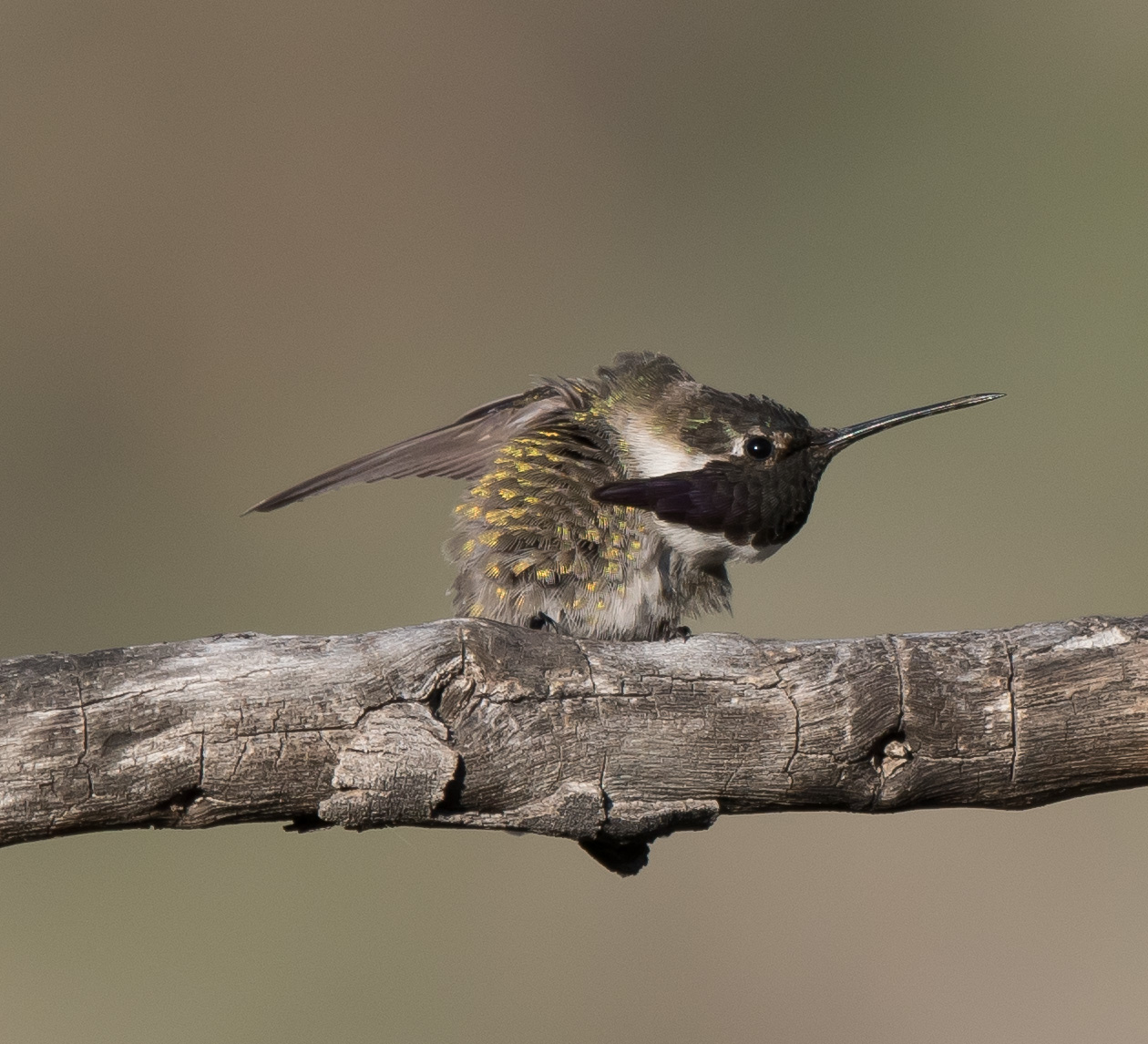Needless to say, it has been a very unusual year for birds in Arizona. Earlier this year a Pine Flycatcher was discovered in southeast Arizona, which was a first for this species in Arizona, but even more astonishing is the fact that it was also a first record for the United States. Then in September Hurricane Newton arrived by moving up the Gulf of California from the Pacific Ocean and made its way over the desert into southeastern Arizona, where it fell apart. But in its wake, it left many pelagic (ocean) birds that did not belong in the desert. Many of these species had never been recorded in Arizona.
Now to the Mongolia connection to this post. In October another new discovery was made in the northern part of Arizona. Thanks to Jason Wilder and Chuck LaRue, they discovered a new bird for Arizona at a small mud pond in Coconino County. This pond is actually named Round Cedar Lake, but in my humble opinion, it is far from being a lake at least at this time. Maybe in the past it was a larger body of water, but not this year. These 2 birders discovered a Lesser Sand Plover. This a bird that is native to Asia; where it breeds in Siberia and winters in eastern Africa, southern Asia, and southeastern Australasia. It has bred in Alaska, but that is rare. The few sightings of this bird generally occur on the west coast and almost never found inland. But this one found its way to Arizona and put itself in the record books for the state. The scientific name of this bird is (Charadrius mongolus), hence the Mongolia connection.
Birding buddy Tommy D. and I, hatched a plan to try for this bird. Tommy got off work that night around 9:30 pm. So I met him at his place when he got home and we headed north at night and arrived in Flagstaff a little after midnight. Grabbed a few 'zzzz's', and then headed out to the spot early the next morning. When we got there, we were greeted by several other intrepid and serious birders of Arizona so we knew we were in good company. Many of these had driven from Tucson, which was about a 6 hour drive.
And this place really did make me think we were in Mongolia, or at least a bit reminiscent of what I think parts of Mongolia might look like.
And finally here is the prize of this search. What a charismatic little bird! This was a life bird that was not even on my radar based on its range. It is amazing what one can find in the state of Arizona. It is 3rd on the list of states with the most species of birds in the United States, behind only California and Texas.
Yes, the Lesser Sand Plover is in this photo as well, but you have to look a little harder, in the lower left quadrant. Has its back to us to show how easy it blends in.
What was interesting was that at one point a Peregrine Falcon flew in and landed on the far side of the pond for a drink. During this time the Lesser Sand Plover just froze in its tracks without moving. The Peregrine eventually took flight and our prize bird survived without being a target for a meal.
A very distant Peregrine Falcon
The Mexico connection to this post constitutes the sighting of a Groove-billed Ani in Maricopa County. This species is not as rare in the United States as the plover, but it is relatively scare in Arizona. Its range covers much of southern Mexico and on into Central America. It is fairly common in the summer in southern Texas. There have been sporadic reports of this bird in Arizona over the years, and to my recollection the last verifiable report was at Sweetwater Wetlands near Tucson in 2012. That bird was a lifer for me back then, although I did not get great looks. In 2015 I spent several days in Chiapas, Mexico and this bird was quite common and I got much better looks than my sighting in Arizona in 2012.
Well this bird at Veteran's Oasis Park in Chandler turned out to be quite photogenic for many. It was nice to see that so many people were able to find it and see it, as it was a lifer for many, including Tommy.
This was my first photo and I thought it was going to play hard to get, but subsequent photos will show that was not to be the case.
Sunning itself with its feathers on the back raised to warm its body.
And finally, a close up of the grooves in it bill which is the the reference to its name.
What a couple of really great birds to chase. The Lesser Sand-Plover was a lifer and the Groove-billed Ani was a very good bird to add to my Maricopa County list. Wonder what the next awesome bird will be that shows up in Arizona?


















